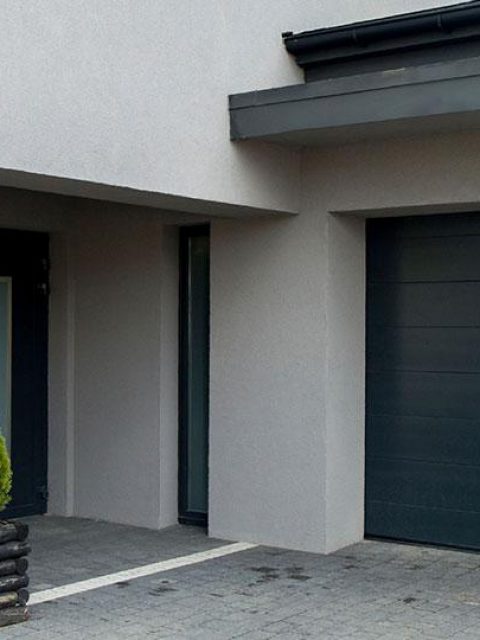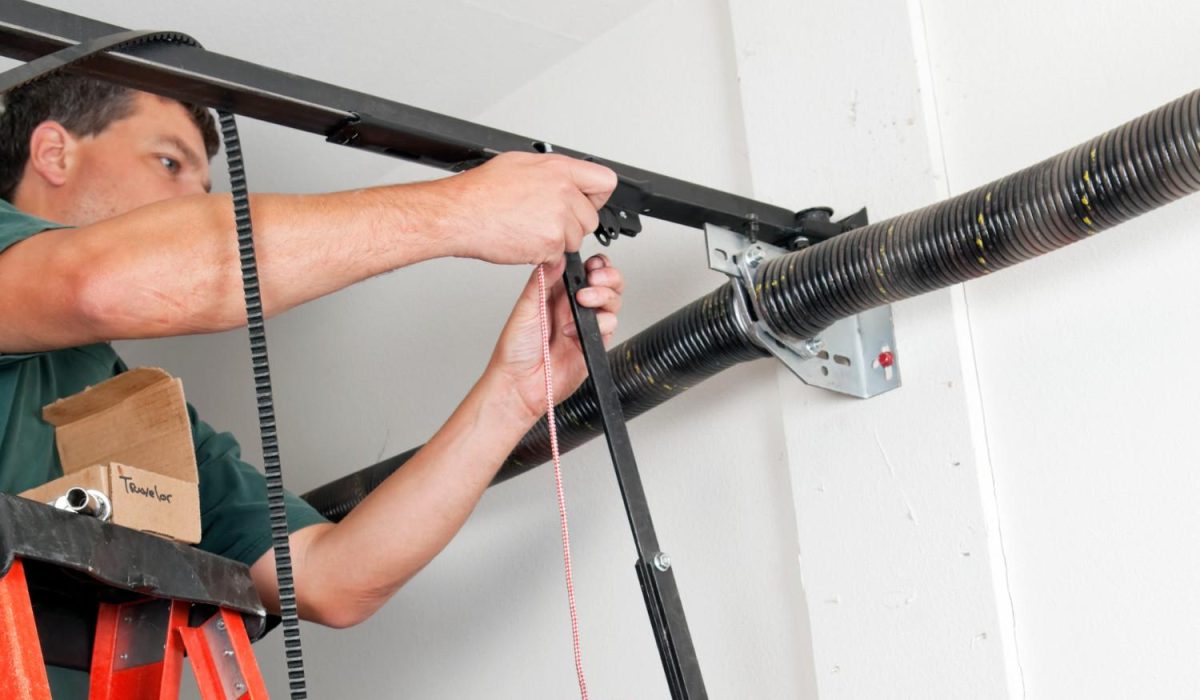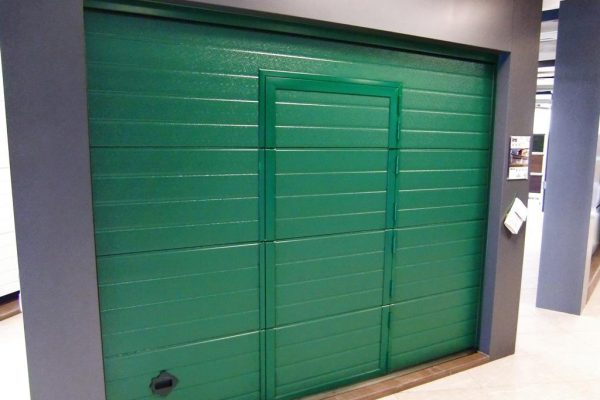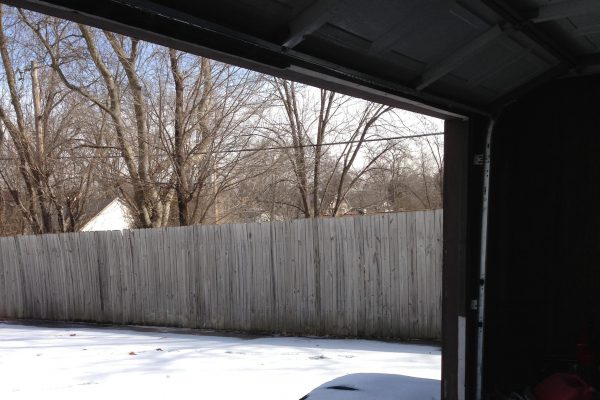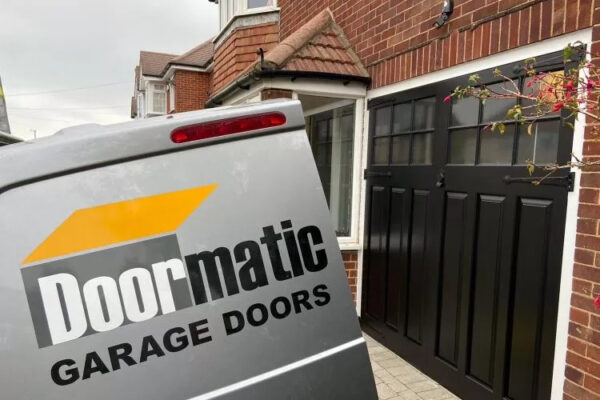My Garage Door Spring is Broken – What Can I Do?
- What are the different types of garage door spring?
- Torsion springs
- Extension springs
- What can cause a faulty garage door spring?
- Wear and tear
- Poor maintenance
- An accidental bump
- Signs your garage door spring is broken
- Opening and closing issues
- Loud noise
- The spring has gaps
- Wonky garage door
- How to fix or replace a broken garage door spring
Just like many other large appliances, your garage door system depends on various interconnected parts that all need to work together so the same target can be met: safe, efficient and smooth operation. A garage door spring is vital for the safe and easy opening of your garage door, and so a faulty garage door spring can be highly dangerous and will need fixing immediately.
In this guide, we take you through how to spot the signs of a broken or damaged garage door spring, and how to correct the problem.
What are the different types of garage door spring?
There are two different types of garage door spring: torsion springs and extension springs. But what is the difference between them?
Torsion springs
Torsion springs are located above a garage door and are often seen on newer models, with one or two torsion springs used for a single garage door depending on the design. They tend to be thicker and sturdier than extension springs, and are very tightly wound. As the garage door is raised, this releases some of the tension in the spring.
Torsion springs are usually designed to last anywhere between 10,000 and 30,000 lifts and closes of the door, although this can vary depending on environment and how well maintained the springs are kept. When torsion springs snap, they usually make a loud banging sound but it is rare for them to ‘fly off’.
Extension springs
Extension springs are found at the side of garage doors above the tracks, and are more frequently seen in older garages. A single garage door will typically have two extension springs, with them stretched out across the horizontal tracks leading to the door. As the garage door is lifted up, the tension is relieved by the springs contracting. Extension springs can be highly dangerous when they break, and have been known to ‘fly off’ when they do.
What can cause a faulty garage door spring?
Wear and tear
If you can visually inspect your springs and see they are completely rusty, tired and worn out, or in some cases broken and snapped (this will usually appear like a clean snap between the two parts of the coiled spring), then you should be getting on the phone to an expert without delay.
Poor maintenance
Following on from the previous point, if you neglect to look after your garage door then its life will undoubtedly be shortened – no matter how high quality the product is. For tips on how to maintain a garage door, see our guide.
An accidental bump
When a car backs into your garage door, sometimes this can throw the door out of alignment. If you’re worried that a knock has caused damage to your door, consult a professional.
Signs your garage door spring is broken
Although quality, regularly-maintained garage door systems are built to stand the test of time, daily wear-and-tear can result in issues. Your garage door springs may provide you with some hints that it’s time for a replacement.
Opening and closing issues
If you notice that your garage door has stopped whilst opening and/or closing, has jerky movements, or is closing too fast, then it could mean that the springs are worn down, broken or damaged. To ensure safety, never manually force your garage door shut or open. Also, be very careful if your garage door is closing too fast – this could be indicative of a completely broken spring, and doors experiencing these issues are dangerous to handle. Give Doormatic a call and we will send out one of our friendly technicians to help solve the issue right away.
Loud noise
This sign counts on you being nearby when the breakage occurs, but if you hear a loud banging sound in your garage, this may have been caused by the garage door spring breaking – especially in the case of torsion springs.
The spring has gaps
Yet another indication of a spring snapping is a visible gap between two pieces of the spring.
Wonky garage door
If you notice your garage door begins to appear wonky, then there’s a high chance that your springs are no longer working as well as they should. This will affect the overall balance of your garage door and you will need to replace your springs sooner rather than later.
How to fix or replace a broken garage door spring
A faulty garage door spring is always a headache for homeowners. You may be keen to get your garage door up and running ASAP, but you should never attempt to replace or repair a garage door spring yourself. Doing so could result in injury to yourself, those around you, your vehicle, and could even worsen the existing problem.
You should always contact a professional who can swiftly diagnose and repair your garage door with total safety – experts such as Doormatic have years of experience attending these sorts of problems.
If it is absolutely necessary for you to enter your garage before it has chance to be repaired, get someone to help you hold the door open to avoid any accidents.
Doormatic know all the ins and outs of garage doors, offering diagnosis, repair, replacement, installation and maintenance of a wide range of quality garage doors. With over 20 years’ industry experience, you can count on us to keep your garage door healthy. Contact us today for reliable garage door servicing across Kent, Surrey and Buckinghamshire.

About Doormatic Garage Doors
Doormatic Garage Doors is a well-established independent supplier of garage doors based in Guildford, Surrey and Chalfont St Peter, Buckinghamshire.
